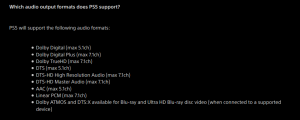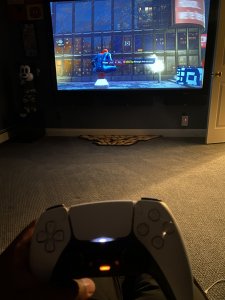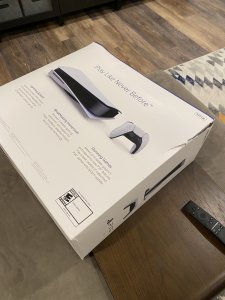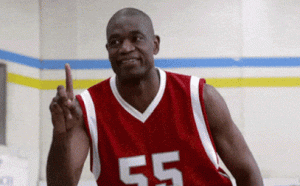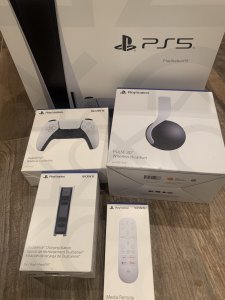One of the most significant and most immediately recognizable changes to the DualShock 4 is its larger, more ergonomic handle grips. Whereas the DualShock 3 feels thin and loose in your hand, the handles of the DualShock 4 conform to your palms, providing firm grip. Within the context of shooters, the beefier, more ergonomic handles keep the controller from sliding around in your hand as you make fast, repetitive taps to the buttons and triggers. The grips are designed in such a way that your thumbs naturally fall upon the thumbsticks without uncomfortable arching.
For the thumbsticks, Sony has traded the convex, edgeless thumbpads of the DualShock 3 for a concave design with a distinct, raised trim. But the benefit isn't purely for comfort and tactile identification, it actually has a clear impact on precision and consistency. With the DualShock 3, I often found my fingers sliding off the thumbsticks when making fast, pronounced adjustments to my character's movement or aim. With DualShock 4, I was able to keep a firm grip even with just an edge of my thumb clinging to the edge. It's a small, but critical improvement for reducing the travel time from the the thumbstick to an action button or the d-pad.
Sony has also managed to make the already stellar PlayStation d-pad even better by making the buttons slightly higher and giving them a slight, angled indent toward the center. It doesn't quite make the design any more or less precise, it just feels better. Similarly, the textured, rubberized material on the back side of the controller feels much better than the soft, matte finish of the DualShock 3.




 @ my dude who put in two weeks worth of pto
@ my dude who put in two weeks worth of pto 














